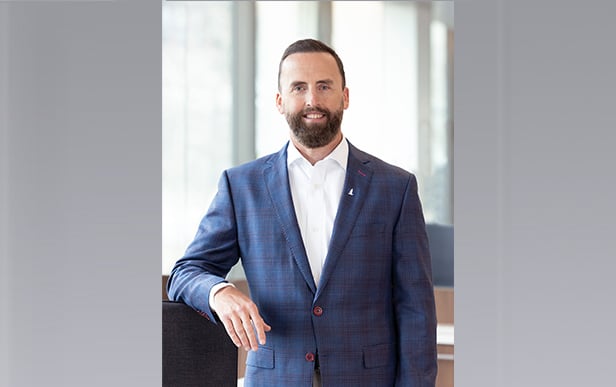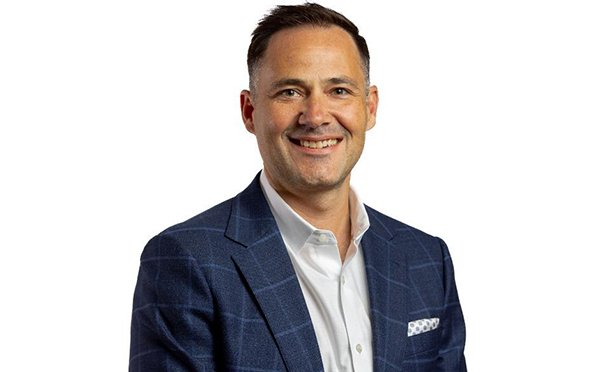 Mark McGhiey, Senior AVP of Loss Control Services at Nationwide
Mark McGhiey, Senior AVP of Loss Control Services at Nationwide
Severe weather events are forcing an unprecedented shift in the insurance industry, as the instances of extreme events like, severe convective storms, hurricanes and wildfires gain in frequency and severity. For Mark McGhiey, SAVP of Loss Control Services-Commercial Lines at Nationwide, agents and brokers will play a key role in helping businesses improve preparedness and property protection.
Here he shares some of his insights and strategies for this new age of severe weather and property damage risks.
Recommended For You
What can commercial property owners and businesses do in the short term to protect their structures and operations before severe weather strikes?
The best way to help protect commercial property and businesses from severe weather is to pre-plan and prepare. It's important to know what types of natural disasters can affect an area and how they can impact structures and operations.
The risks that weather disasters pose can come in many different forms. In 2023, the costliest events for insurers — $14.5 billion in damages — were the heat wave and drought in southern and Midwestern states over the summer. In addition, damages from convective storms cost more than $50 billion over the course of the year.
Assessing risks and developing a business continuity plan can help identify what's needed to help protect property and operations from various threats.
How are weather risks evolving? Are there specific structural features more prone to weather-related damage that property owners should be mindful of?
It's important to consider long-term trends versus isolated incidents to best understand evolving risks. Temperatures are rising above historical averages, correlating with more frequent heat waves and drought. Records indicate that there are currently about six heat waves per year in the U.S., compared with two per year during the 1960s.
Higher average temperatures also equate to more moisture in the atmosphere, contributing to more intense convective storms and hurricanes.
Three key areas to be mindful of when thinking about structural weather-related damage are roofing, building design, and materials used.
What can property owners do in the long term to become more resilient to extreme weather?
Investing in more resilient components for their structures, such as upgraded roofing materials or fortified windows and doors that can withstand higher winds, can help reduce the likelihood of damage.
It's also important to update the business continuity plan as organizations' needs change. A business may have added more employees or expanded facilities that need to be taken into consideration.
How can agents and insureds partner with Nationwide to protect property, workers, and operations now and in the future?
Nationwide Loss Control Services has the expertise and resources that can help businesses protect their property, operations, and employees.
Our consultants specialize in the industries they serve so they can help identify the right solutions based upon a risk's specific needs and geographic location.
As mentioned earlier, planning is key. Our Business Continuity Plan and Water Mitigation Plan can be tailored to meet the specific needs of our insureds.
Agents and policyholders have access to our risk management consultants and resources through MyLossControlServices.com.
© 2025 ALM Global, LLC, All Rights Reserved. Request academic re-use from www.copyright.com. All other uses, submit a request to [email protected]. For more information visit Asset & Logo Licensing.








